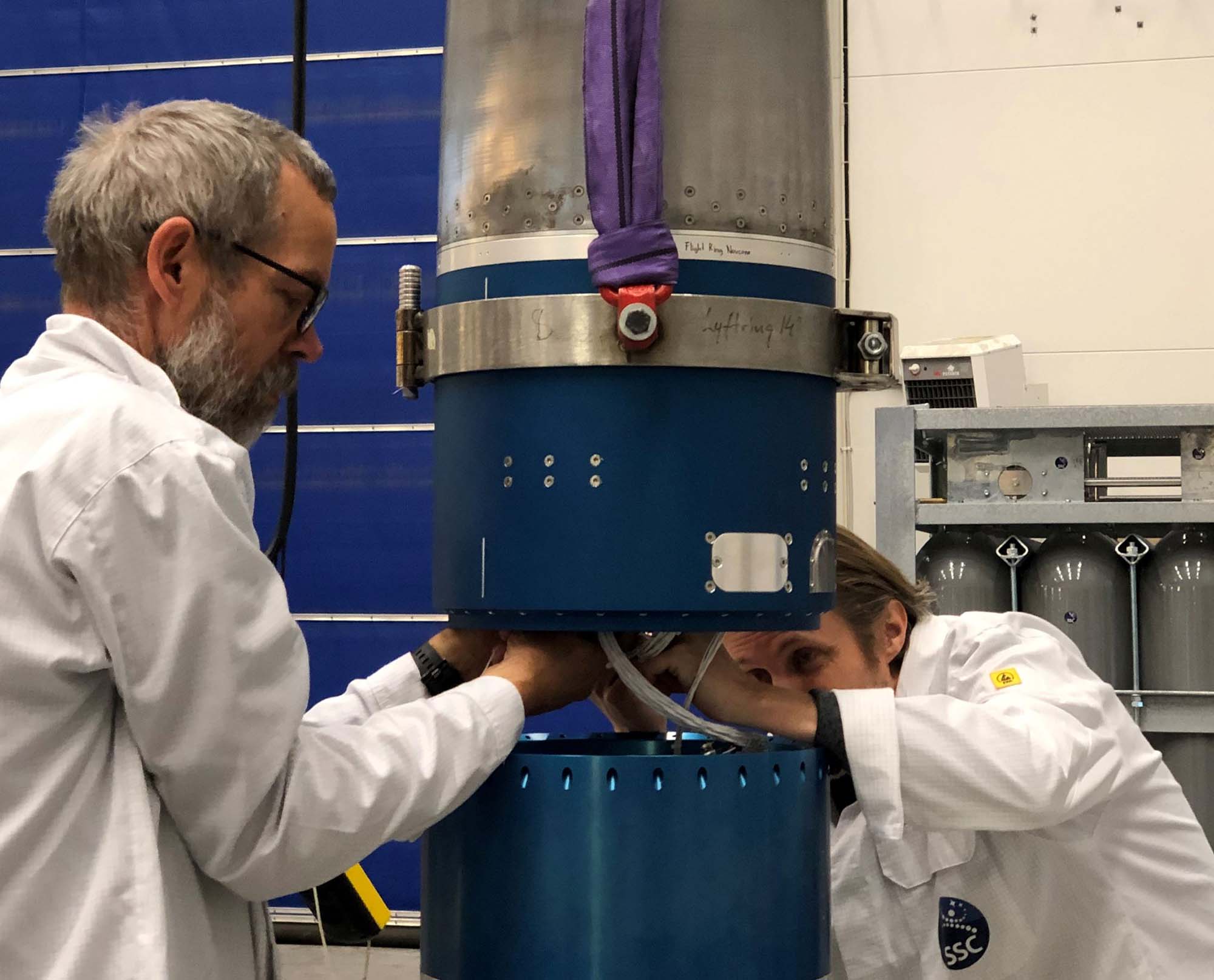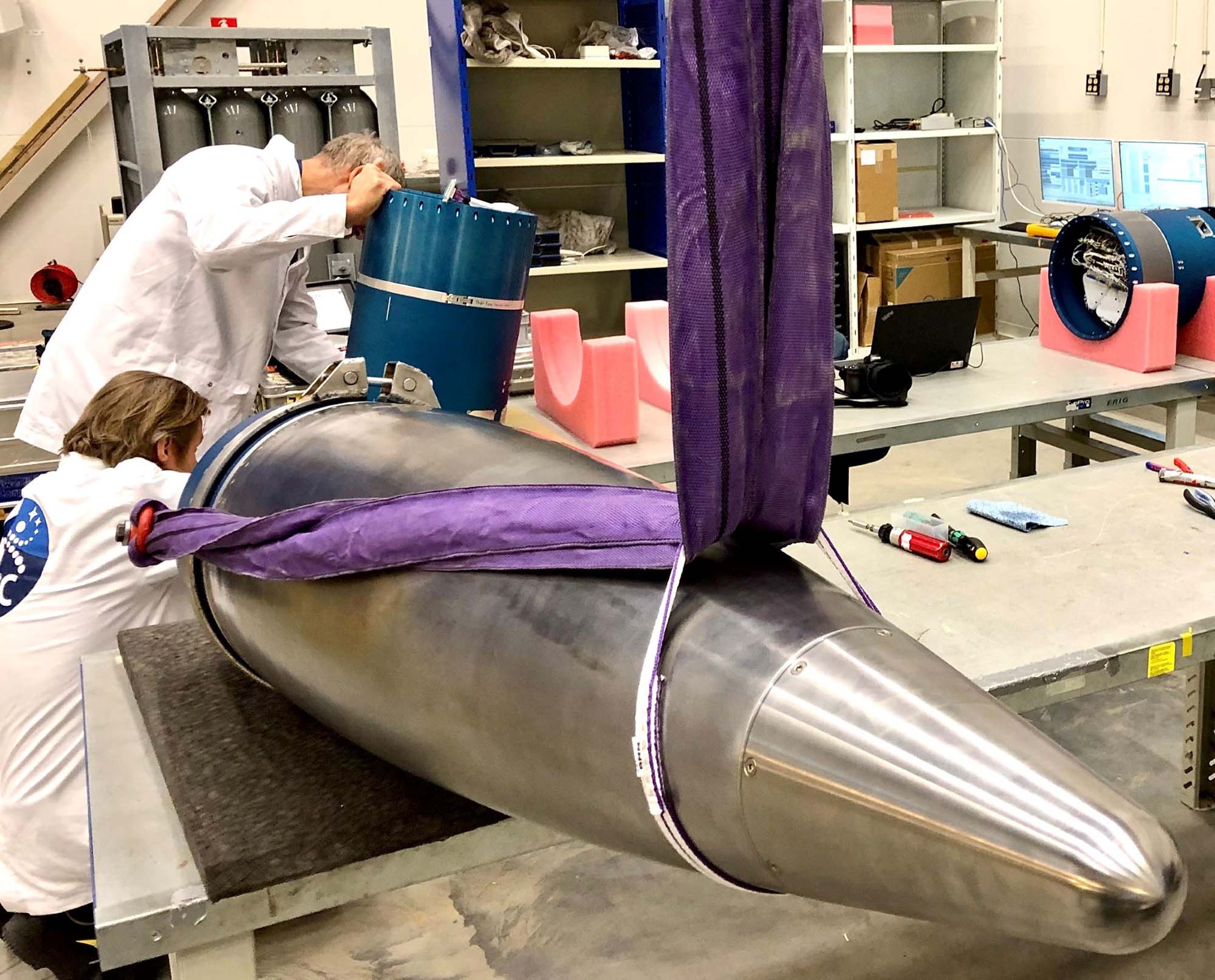SSC and a group of auroral scientists from the Swedish Institute of Space Physics (IRF) will launch a sounding rocket from Esrange to create colorful clouds for aurora studies. On 12 March a first attempt will be made to launch BROR, a research rocket with the aim of studying conditions in near-Earth space. The onboard experiment will create unusual and beautiful light phenomenon.
“To succeed in the scientific experiment, IRF will use techniques similar to that found in fireworks, which the sounding rocket will activate when it is at an altitude of over 100 kilometers”, says Tima Sergienko, IRF scientist who is Principal Investigator of the experiment.
The activation will occur in space closest to the Earth, the ionosphere, creating beautiful light phenomena that will be studied with a unique network of advanced optical imaging stations in the Kiruna area.
The data from the experiment will be used by IRF scientists in Kiruna to study conditions in near-Earth space which is an important piece of the aurora research puzzle that can enable better forecasts of the Sun’s activity and how its solar wind of charged particles affect critical infrastructure on Earth and satellites.
“We are excited to have developed this sounding rocket experiment for IRF and their research and to launch it into space. SSC has a long history of conducting aurora research missions at Esrange, dating all the way back to the 70’s. Thanks to the technological developments in recent years, we can now break old ground to help us understand more about northern lights,” says Krister Sjölander, Vice President Science Services and Head of Payloads & Flight Systems at SSC.
This mission is funded by SNSA, within the Swedish national balloon and rocket program, where Swedish science community is offered the opportunity to do research in Space from Esrange. Similar scientific experiments for aurora studies have been done before by NASA.
Clear skies and minimal wind are required for a successful scientific experiment. If the conditions are not optimal, new attempts will be made until the launch window closes on 22 March.
Follow the countdown on Twitter: https://twitter.com/SSCspace
Livestreamed launch on Youtube: https://www.youtube.com/@SwedishSpace/streams
The light phenomenon from the rocket experiment will be visible from Kiruna. Please feel free to photograph and share with the hashtag #brorkiruna, although it is not permitted to photograph close to Esrange.
For more information, please contact:
Philip Ohlsson, Head of Communications at SSC
+46 (0) 707 21 70 26, philip.ohlsson@sscspace.com





